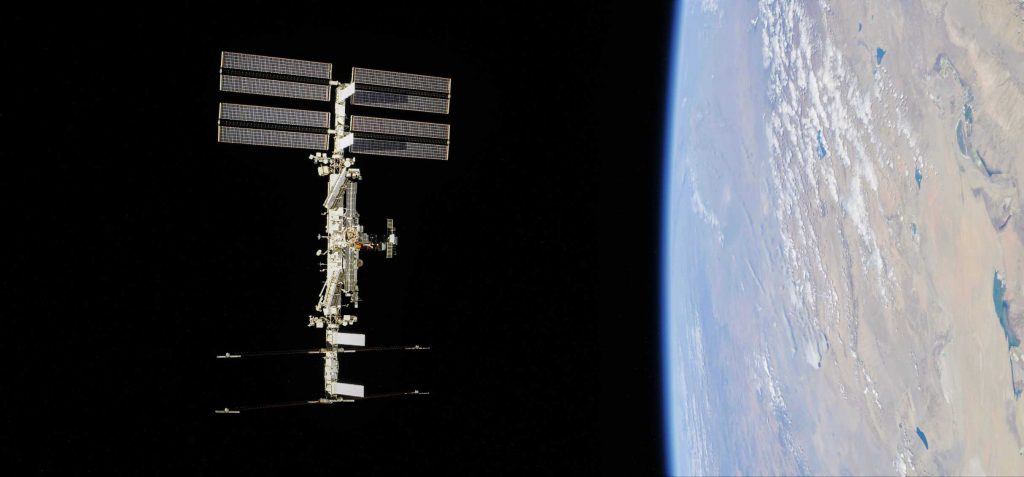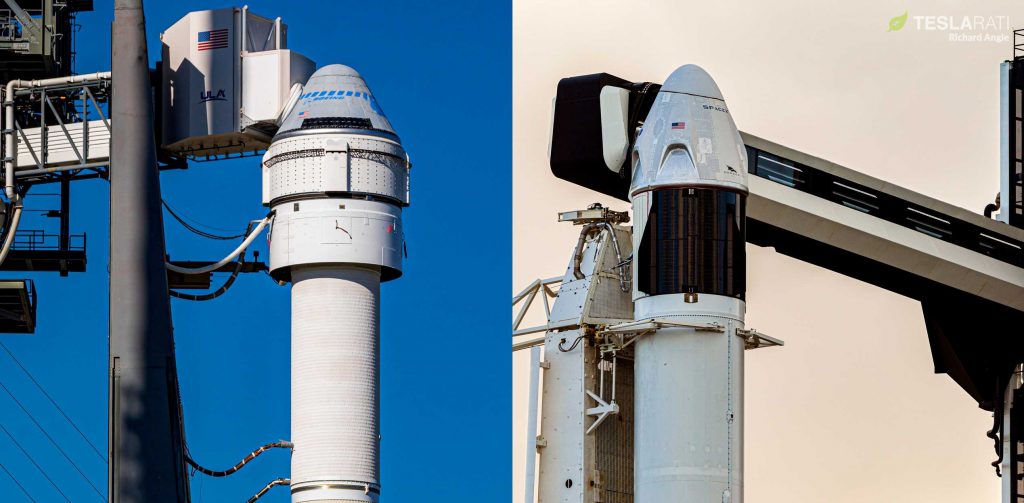NASA has revealed that the astronauts assigned to SpaceX’s Crew Dragon astronaut launch debut are training for a space station mission many times longer than initially planned.
Scheduled to deliver two NASA astronauts to and from the International Space Station (ISS) no earlier than (NET) late-April or May 2020, Crew Dragon’s Demo-2 mission will be the first crewed launch in SpaceX’s 18-year history. As previously noted on Teslarati (and by NASA itself, briefly), Demo-2 will also mark the first time in history that a privately-built spacecraft attempts to launch humans into orbit.
Still, NASA has funded the development of Crew Dragon (and competitor Boeing’s Starliner) not to achieve firsts but to restore the United States’ ability to launch its own astronauts to the ISS. Along those lines, both Crew Dragon (Demo-2) and Starliner’s (CFT) astronaut test flights were nominally designed to last about a week or two before returning NASA’s astronauts to Earth – a full end-to-end test for both extraordinarily complex vehicles. Two weeks, however, is simply not long enough for those astronauts to practically serve as full members of space station crew, something the ISS generally requires. In response, NASA has been seriously considering extending Boeing’s crewed test flight and has just recently suggested that SpaceX’s own Demo-2 test flight will be similarly upgraded.
About a month ago, SpaceX and NASA talked openly about the possibility of a longer-duration Crew Dragon astronaut launch debut for the first time, potentially extending the amount of time those astronauts are able to spend at the space station from about one week up to 1.5-3 months. This would allow Crew Dragon’s Demo-2 NASA astronauts – Bob Behnken and Doug Hurley – to serve as full members of the ISS crew, expanding the US presence from one to three astronauts.
Ars Technica’s Eric Berger offered some additional details about what exactly NASA might task Behnken and Hurley with on an extended flight earlier this month. Most importantly, the space agency wants the former astronaut – a Space Shuttle and extra-vehicular activity (EVA) veteran – to be (re)trained for spacewalks, allowing him to support an ever-growing to-do list of critical space station repairs and upgrades.

In effect, extending Crew Dragon’s astronaut flight test will make it almost identical to an “operational” flight where Crew Dragon ferries astronauts to the space station, docks for about six months, and finally returns the same astronauts to Earth at the end of its mission. More importantly, though, NASA’s decision to extend Commercial Crew Program (CCP) test flights – kickstarted with Boeing’s beleaguered Starliner spacecraft – is motivated by a desire to prevent the United States’ presence on the space station from dwindling or even regressing to zero in the near future.
Triggered by years of SpaceX and Boeing delays, NASA will now likely have to purchase more seats on Russian Soyuz launches if it wishes to maintain an full, uninterrupted presence on ISS for the next 12-24 months. After suffering numerous deeply concerning software failures on its first and only orbital launch, Boeing’s Starliner is unlikely to be ready to launch crew anytime soon. At the same time, although SpaceX is closer to its astronaut launch debut than ever before, it’s highly unlikely that Crew Dragon can singlehandedly support a full ISS complement of three NASA astronauts while Starliner works out its issues.

As such, NASA is looking everywhere it can to squeeze a bit more on-orbit time out of existing astronaut missions scheduled in the next year or so, and both Starliner and Crew Dragon’s test flights – barring showstoppers – are excellent opportunities. With NASA Johnson Space Center’s confirmation that both Behnken and Hurley are already deep into the extra training needed for an extended flight, chances are good that both astronauts will be ready for a one- or several-month mission by the time that NASA and SpaceX are ready and willing to launch.
Check out Teslarati’s newsletters for prompt updates, on-the-ground perspectives, and unique glimpses of SpaceX’s rocket launch and recovery processes.

(adsbygoogle = window.adsbygoogle || []).push({});
<!–
–>
var disqus_shortname = «teslarati»;
var disqus_title = «NASA is training SpaceX's first Crew Dragon astronauts for a much longer mission in space»;
var disqus_url = «https://www.teslarati.com/nasa-spacex-crew-dragon-astronauts-longer-debut-mission/»;
var disqus_identifier = «teslarati-130996»;

